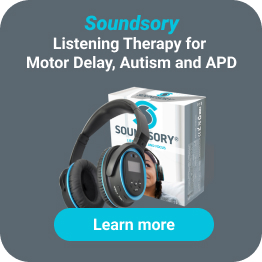Therapeutic Listening® (Vital Links) program
 Valérie Leroux - September 21, 2023
Valérie Leroux - September 21, 2023 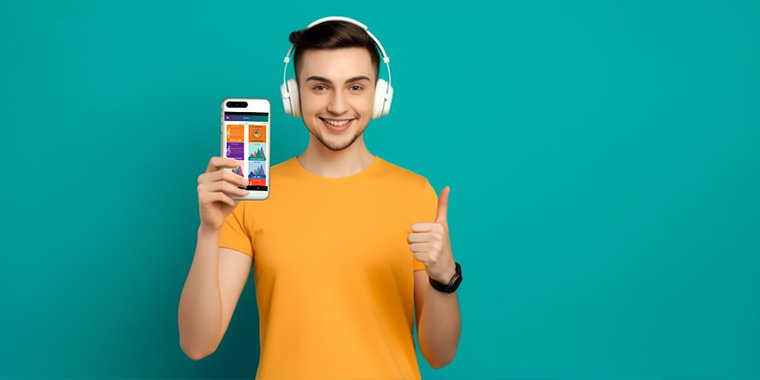
In this article
What is Therapeutic Listening® (TL) by Vital Links?
What are the benefits of TL?
Where is TL coming from?
What does TL involve?
Who is TL for?
Where can TL be practiced?
What is the equipment required for TL?
How much does TL cost?
What are the alternatives to TL?
Who delivers TL?
In view of the multiple sound therapy programs now available, it might be confusing for parents and therapists to choose the best options. We have reviewed a listening program called Therapeutic Listening® (TL), from Vital Links and Vital Sounds. What does this program entail, is it sufficient to obtain results, how much does it cost, and how does it stack up against competing products?
A sound-based program from a sensory integrative perspective
Therapeutic Listening® created by Vital Links in partnership with Vital Sounds is a listening program provided by a trained professional and aiming in particular at adults and children with sensory integrative difficulties, which may include individuals with autism, ADHD, learning and language difficulties, and/or Sensory Processing Disorders. TL is most commonly utilized by therapists who operate from a sensory processing and integrative perspective. Most practitioners provide listening selections chosen to match each client’s individual picture, along with complementary sensory and movement-based activities (reflex integration, sensory diets, developmental movement programs).
PROS
✅ Easy to use
✅ Individualized based upon the client’s unique clinical picture and responses to each individual music selection
CONS
❌ Requires partnering with a therapist trained in TL (for some TL libraries)
What is Therapeutic Listening® (TL) by Vital Links?
Therapeutic Listening® is a listening therapy program designed for adults and children with sensory integrative difficulties, which may include individuals with autism, ADHD, learning and language difficulties, and/or Sensory Processing Disorders. It uses the SOUNDS headphones specifically selected for TL (USD 99) and the Therapeutic Listening mobile application and/or a micro SD card and SanDisk player to access the music. There are five different music libraries contained within TL, offering over 50 albums and multiple types of rhythmical music, ranging from nursery songs to pop music to classical music. Each library utilizes different techniques to electronically alter the music to support a broad range of clinical concerns and functional outcomes. The modulated music is filtered to highlight the range of frequencies which trigger attention and activate body movement. This sound therapy further capitalizes on the organized rhythmical sound patterns inherent to music to trigger the self-organizing capacities of the nervous system. The type of instruments and variety of rhythms have also been selected to affect the nervous system differently.
What are the benefits of TL?
The existing body of evidence shows some positive results when used as a tool in a sensory integrative framework.
When Therapeutic Listening is coupled with a sensory diet or framework, here are some of the benefits reported by parents:
– Sharper attention & focus
– Self-regulation
– Improved postural Control, praxis (motor planning), balance & coordination
– Finer motor skills
– More regulated emotional & behavioural responses
– Improved eating habits
– Better communication, articulation and social skills
– Increased engagement and interaction, development of play skills
– Improved sleep patterns
Where is TL coming from?
Therapeutic Listening® was inspired by ideas from the Tomatis Listening Program, Auditory Integration Training – AIT (Berard), Samonas (Steinbach) and Dr. Jean Ayres. Therapeutic Listening® was created by Founder Sheila Frick under the company name Vital Links in the US. The first course offered in Therapeutic Listening was at Dr. Jean Ayres’ clinic in Southern California in 1997. According to the official list of providers, there are now over 3,250 therapists trained in Therapeutic Listening worldwide, mostly located in the US, UK and Australia.
What does TL involve?
When participating in a Therapeutic Listening modulated music progression, the client must listen to the selected album two times per day, for thirty minutes each listening session, separated by a minimum of three hours, and over headphones specifically designed for Therapeutic Listening. Music albums are changed every two weeks to provide novelty and build upon gains. Listening times may vary if using Quickshifts or Spatially Enhanced albums. Daily listening sessions can be completed in home, school, or community environments. Of note, Therapeutic Listening is not intended to be a standalone therapy tool; as such it should be incorporated as one component of a multifaceted, individualized therapy recommendation.
TL is an intervention model based in clinical reasoning. Each progression is individually selected and sequenced one album at a time based upon the client and their unique clinical picture. Based upon the findings of an initial evaluation and in the development of client goals, therapists will select one of three TL Profiles to support clinical reasoning and matching of music. Across different sessions, the therapist can adjust the protocol and music selection in response to the client’s evolving progress.
Who is TL for?
TL is used in combination with other sensory integration techniques to address the full range of needs the user requires to be treated for. There is a whole range of individuals who could benefit from TL, but it is particularly meant to be used for adults and children with autism, Asperger’s, developmental delays, Down syndrome, cerebral palsy, visual, motor or handwriting difficulties, ADHD, anxiety disorders etc. It is best to consult your therapist to confirm whether TL is suitable for you or your child before starting treatment.
Of note, TL is not recommended for use for individuals suffering from schizophrenia, auditory-provoked seizures or during active ear infections.
Where can TL be practiced?
TL must be practiced by a trained therapist (modulated and Fine-Tuning libraries), who must have completed the Therapeutic Listening certification training from Vital Links. It can then be practiced either at home, at school, childcare or at a clinic provider’s facility.
While practitioner trainings are offered, the Quickshift and Gearshifter libraries are available without training and can be utilized without specialized headphones or played over speakers.
What is the equipment required for TL?
Vital Links used to recommend a specifically designed pair of Sennheiser headphones (HD500A), which are no longer available from Sennheiser. The company has now released their own set of headphones available at a cost of USD 99 including a one-year warranty.
Therapeutic Listening music list is available on their mobile application, CD, or chips to be downloaded for USD 44 each for the modulated music or USD 17 each for the Quickshift music. Alternatively, you can download the application for free, but have the option to rent the modulated music at a cost of USD 9 per album per 2 weeks.
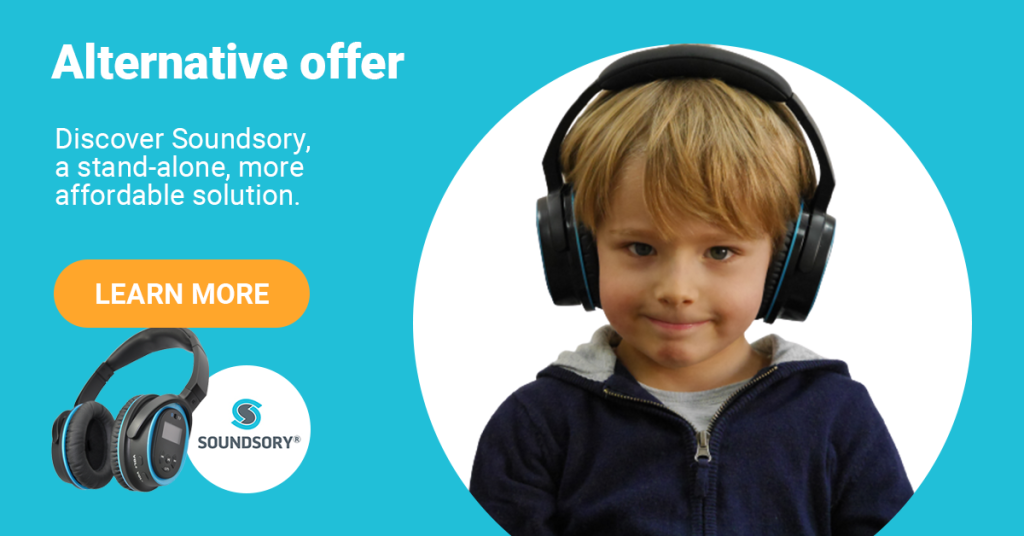
How much does TL cost?
While the equipment cost is mentioned above, the Therapeutic Listening program needs to be monitored by a certified trained therapist. To access the modulated Music album on the application, you need to provide the code of a certified trained therapist as well. Costs for the program vary depending on the length of participation and individual need. Typically, users will meet with their therapist every two weeks to update TL music and home programming recommendations. The average cost of TL modulated music rentals on the TL app and headphones is USD 200 to 250 for a 20-week (10 albums) progression. Users then also have the option to purchase the rented albums via the mobile application at a discounted rate. Overall therapy costs may fluctuate depending on the level of support required or the geographical location.
What are the alternatives or complementary approaches to TL?
TL, as a listening program, is not intended to be a standalone program and can be an adjunct to a therapeutic treatment approach involving sensory integration and a daily sensory diet (or ‘sensory lifestyle’). Such a comprehensive sensory framework includes vestibular-somatosensory and movement activities on top of an auditory program.
Here are some of the complementary or alternative approaches to TL:
Integrated Listening System®
Integrated Listening System® (now part of Unyte health) combine auditory, language and movement activities which can be applied to both children and adults necessitating improved sensory capabilities.
Similarly to TL, ILS is not suitable for everyone as it requires to find a certified professional and can be costly. Hence, ILS programs typically require time and effort to travel to a clinic to visit your practitioner, a potential source of anxiety for children with autism.
Fortunately, there are other easy-to-use sound therapy programs available in the security of your own home, such as Soundsory®, the Tomatis® method or Forbrain®, which can either complement or replace other programs.
Soundsory®
Soundsory® is an auditory stimulation program that can easily be purchased online.
It is a 40-day program that consists of 30 minutes of daily music listening with free exercises available. The program is divided into two sessions of 20 days each with a 2-4 week break in-between.
Soundsory® can be used individually or as a complement to other sound therapies. While Therapeutic Listening is a sound-based intervention, the Soundsory® Program includes sound therapy and body movement exercises. Soundsory® stimulates both the vestibular and auditory system to improve motor and cognitive abilities through a patented dynamic filtering system.
If you consider using Therapeutic Listening, you can still use Soundsory® as a preliminary sound-based intervention to therapeutic listening or as a follow-up program.
In addition to this program, the Soundsory® program is a must-have tool in any therapist or parents’ toolkit. The Soundsory® program is comprised of a unique music listening program and a section with body movement exercises.
The music has been specifically recorded to emphasize the rhythm of sounds in order to activate body movement.
The series of exercises are designed to support the integration of the brain and body through a developmental progression. They incorporate the integration of primitive reflexes, while supporting and developing body awareness, postural control as well as body coordination.
It is a 40-day program of daily 30 minutes of music listening with exercises. The program is divided into two sessions of 20 days each.
TL is also perfectly complementary to speech and language programs such as Forbrain®.
Forbrain® is a sensory workout based on the Tomatis® method but focuses on improving language and attention via filtering and retransmitting the user’s voice. TL is offering complementary workshops to introduce Forbrain® to providers.
Tomatis® Method
The auditory program created by French doctor and researcher Alfred Tomatis is known as the Tomatis® Method. More than 100 studies demonstrate the method’s benefits, some of which have been published in peer-reviewed scientific journals. It entails using a custom dynamic filter to deliver a filtered voice and music. For each user, all parameters, including dynamic filters and air and bone sound conductions, can be customized.
The Tomatis® Method improves all facets of auditory processing by combining passive listening sessions with voice feedback sessions.
Thanks to a TLTS (Tomatis Listening Test System), a preliminary 90-minute assessment is carried out. A typical Tomatis® program consists of 14 days of 80-minute daily sessions. These sessions combine music listening and language activities and are repeated 2-3 times, with 4-6 weeks break in between.
A professional equipment called Talks-Up and specialized air and bone conduction headphones named INFINITE with follow-up programs and various settings make up the Tomatis Equipment. The Tomatis® Method is delivered by certified professionals in dedicated Tomatis® centers.
| Auditory Stimulation Program | Therapeutic Listening® by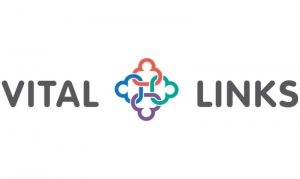 | 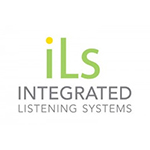 | 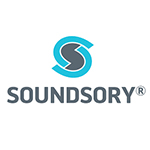 | 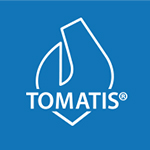 |
| Name | Therapeutic Listening | Integrated Listening Systems | Soundsory | Tomatis method |
| Technological Concept | ● Enhanced music sound patterns with a mobile app. | ● Enhances linguistic and musical stimulation provided through regular audio player ● Standard band-pass filter | ● Utilizes both music and movement stimulation with special air-bone headphones.● Is based on the Tomatis method | ● High-quality air and bone conduction speakers and headphones and patented technology● combines music and voice stimulation |
| Context of Use | ● At a clinic, by professionals with training, or under supervision | ● At a clinic, by professionals with training, or under supervision | ● At home by user | ● In a Tomatis center by qualified professionals, or at home under the guidance of a qualified practitioner |
| Session schedule | ● Individualized. Typical modulated music progression is one album for 30-minute sessions, twice a day, 7 days a week and changes albums every two weeks. | ● Usually, two to five times per week for 30 minutes. 10–20 sessions make up the program. | ● Two 20-day sessions of 30 minutes each, separated by a gap of 2-4 weeks, for a total of 40 days. | ● After completing an initial 90-minute examination, the procedure is repeated 2-3 times with an interval of 4-6 weeks in between each session, lasting 80 minutes each day for 12 days. |
| Professionals training Certification | ● Online or live 2-days training | ● 2 levels of professional certification available | ● Referral program for professionals | ● Deep training with 4 levels of certifications |
| Pros | ● Easy to use ● Individualized based upon clinical picture and concerns | ● Low level of implication from users | ● May be applied at home, either on its own or in conjunction with other treatments ● Simple to utilize and put into practice ● Less expensive than clinic-run programs. Including auditory and physical components ● Online exercise program | Combining auditory and linguistic components Deep initial and ongoing assessment thanks to Listening Test system. Customized follow-up |
| Cons | ● Requires time commitment and daily implementation | ● No individualization based on client profiles ● Requires going to a clinic or having a practitioner visit your home for supervision | ● Does not necessarily include follow-up by practitioner | ● High level of implication from users |
Who delivers TL?
TL must be delivered by certified trained professionals. Online Therapeutic Listening certification training costs USD 375 and lasts for 2 days. This cost does not include the necessary equipment.
As an AOTA-approved provider, Vital Links offers 1.25 Continuing Education Units (CEUs) for this course.
While the training is mainly dedicated to Occupational Therapists, there are no prerequisites. There is only one level of introductory certification but numerous secondary trainings including advanced training with Fine-Tuning, TL clinical mentorship series, and bone conduction training with Forbrain.
Conclusion
While Therapeutic Listening adeptly tackles a wide range of sensory disorders, it does demand a commitment of time and finances from families. This method is a vital adjunct to occupational therapy sessions, as it also necessitates the guidance of a trained therapist.
Despite not being a stand-alone tool like Forbrain and Soundsory®, its specialized approach can significantly enhance sensory processing, contributing to improved overall well-being.
References
This article was revised by Sheila Frick, Pediatric Occupational Therapist and founder of Vital Links, and Tracy Bjorling OTD, OTR/L.

